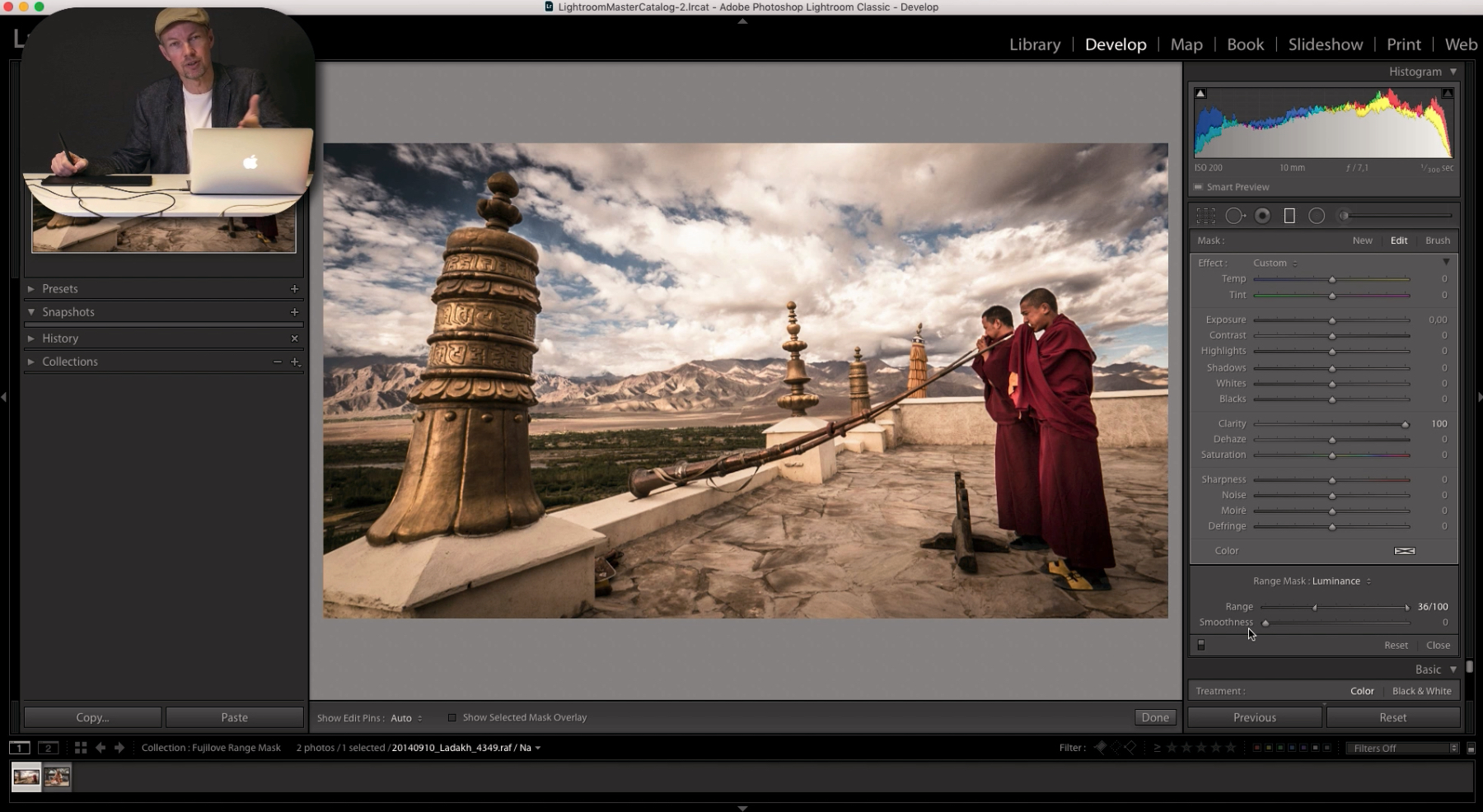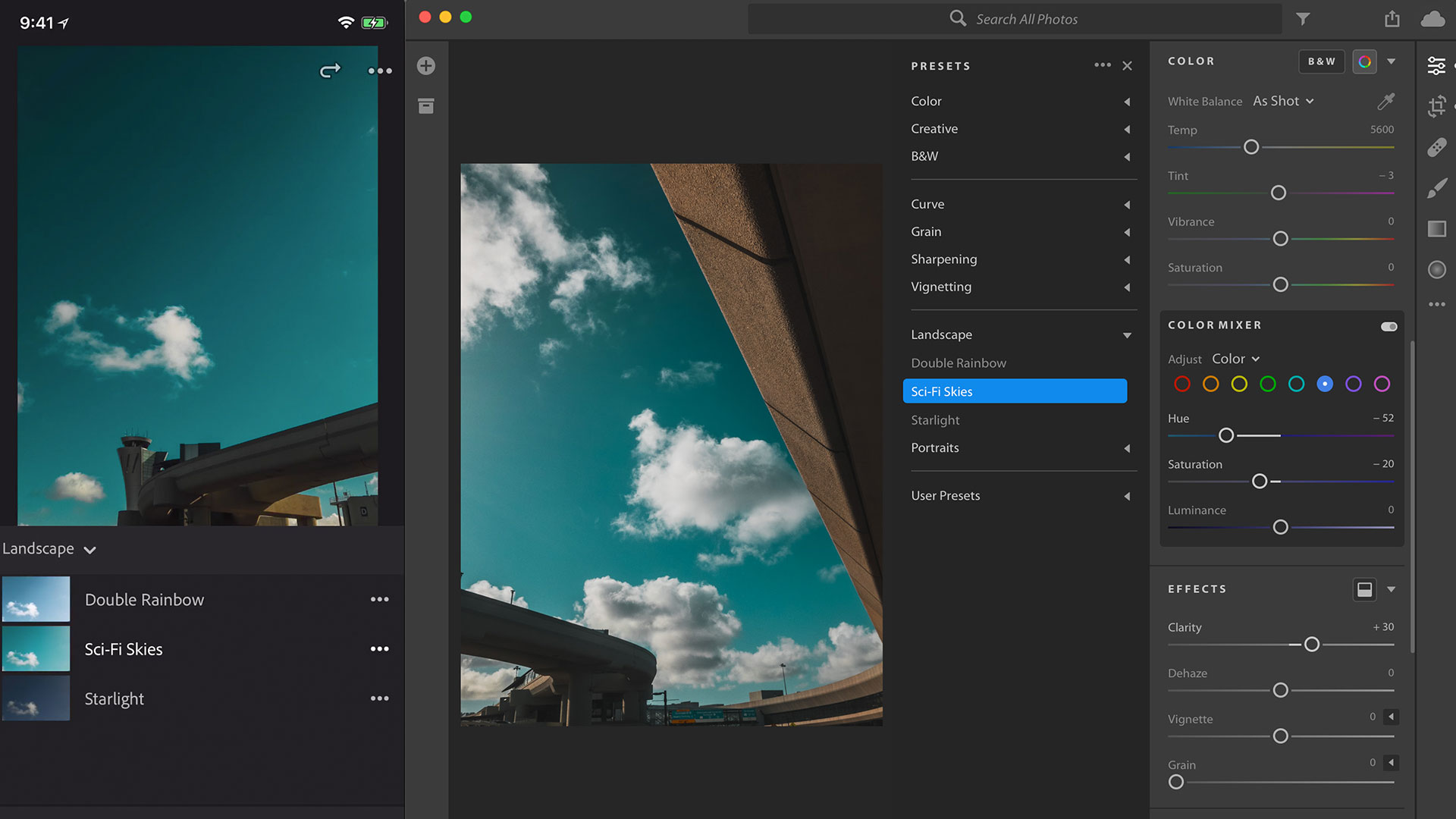

Press Ctrl+Z (Windows) or Command+Z (Mac OS) to undo your adjustment history.Press Shift+O to cycle through a red, green, or white mask overlay of the Adjustment Brush tool effect.Press O to hide or show a mask overlay of the Adjustment Brush tool effect, or use the Show Selected Mask Overlay option in the toolbar.Press H to hide or show the pin and Graduated Filter guides, or choose a display mode from the Show Edit Pins menu in the toolbar.You can make the region as wide or as narrow as you like.Īs with all other adjustments applied in the Develop module in Lightroom Classic, local adjustments are nondestructive and are not permanently applied to the photo. The Graduated Filter tool lets you apply Exposure, Clarity, and other tonal adjustments gradually across a region of a photo.

The Adjustment Brush tool lets you selectively apply Exposure, Clarity, Brightness, and other adjustments to photos by "painting" them onto the photo. To make local corrections in Lightroom Classic, you can apply color and tonal adjustments using the Adjustment Brush tool and the Graduated Filter tool. For example, you may want to lighten a face to make it stand out in a portrait or enhance the blue sky in a landscape. You want to make corrections to a specific area of a photo. But sometimes you don't want to make adjustments globally, to the entire photo. The controls in the adjustment panels in the Develop module let you affect the color and tone of an entire photo.

#Tutorial adobe lightroom classic cc tv
Adobe Photoshop Lightroom for mobile and Apple TV | FAQ.Using Adobe Stock in Creative Cloud apps.Feature summary | Lightroom CC 2015.x/Lightroom 6.x releases.


 0 kommentar(er)
0 kommentar(er)
